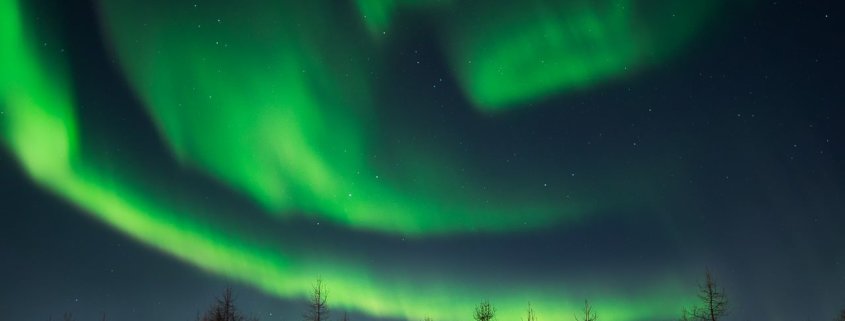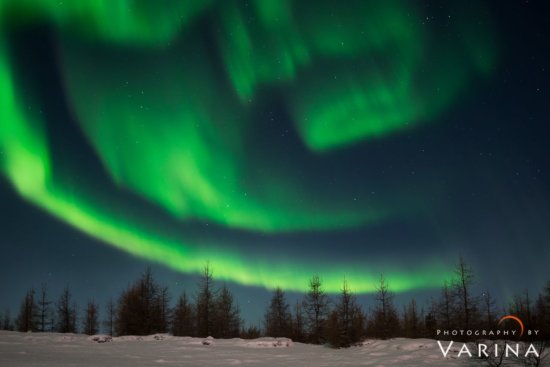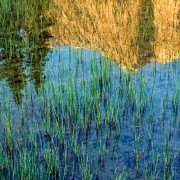Are photographers still debating JPEG vs RAW Image Format?
‘ll be honest with you… I actually thought this debate was over. I thought that enough time had passed… and that the argument had been hashed and rehashed to the point of ridiculousness. But apparently not. It seems that the JPEG vs RAW image format debate is still alive and well among nature photographer today.
In the years since nature photography started gaining in popularity, I’ve heard every possible argument for shooting JPEG instead of RAW image format. I’ve been told that “RAW image format is for nature photographers who don’t have the guts to shoot JPEG.” I’ve been badgered during presentations, called-out during classroom discussions, and once, I even had a guy corner me after a talk because I wouldn’t concede to his opinion that using RAW image format for my nature photography was cheating. Some say that shooting JPEG is about delivering a “real” product with no excuses. That JPEG files are “truth”. That shooting RAW format lets nature photographers create colors and tones that never existed in reality, and that the final result of RAW conversion is a picture that is more painting than photograph.
Is using RAW Image Format Cheating?
This is a question I received via email some time ago
My wife keeps telling me (she shoots jpeg on a G6) that my final images are not ‘real’ because they were ‘done’ in Photoshop. I say they are very real because the finished image once it goes thru the RAW processor is what I saw in my mind’s eye when I took the shot in the first place…
…Do you have an opinion on this?
We are on the cusp of sleeping in different bedrooms, sharing parts of the dog and so on.Regards,
– A
Here’s my response….
So, let’s start by looking at this analytically.
JPEG vs RAW Image Format
What is the difference between a JPEG File and a RAW File? In order to create a RAW file, the following steps take place in your camera:
- When the light that you are trying to capture (photons) reach the pixels on the digital image sensor, an electrical charge is created on that pixel.
- This charge is then converted to voltage and is converted into a discrete value using Analog to Digital Converter (ADC).
The RAW File is a collection of these discrete values for each pixel on your DSLR or mirrorless camera’s image sensor. In essence a RAW File is nothing more than the value of light recorded by your camera’s image sensor. It is not manipulated in any way by your camera’s built in algorithms. Now lets take look at how a DSLR or mirrorless camera converts this RAW file into a JPEG file.
- Your camera uses a Bayer Interpolation on the RAW file to extract color information for each pixel.
- It also makes white balance adjustments using a mathematical equation to make a guess at the correct colors. Sometimes your camera gets the white balance setting correct – but not always.
- Next your camera also makes a series of tonal, contrast and colors adjustments using predefined algorithms. If you use a RAW image format you can make the same adjustments yourself using Lightroom or Adobe Camera RAW.
- It then sharpens the image using another algorithm. This in camera sharpening is applied indiscriminately across the entire image. Whether it needs it or not. A RAW image format will allow to precisely control where and how much sharpening to apply to your photos.
- And last… but certainly not least. The camera compresses the data. Which means it throws away any data it didn’t use. The data is gone and it cannot be recovered. Ever. One of the biggest drawbacks about this compression is that it limits your ability to make corrections. You will introduce unwanted artifacts in your nature photo if you use Photoshop to make extreme contrast, exposure and color corrections.
So.
If you shoot RAW Image Format, you get to pick and choose the parameter for the last 5 steps. Luckily, you aren’t blind. (At least, I’m assuming you aren’t.) You know how the scene looked in reality. So, rather than relying on a series of mathematical equations, you can rely on your own vision. Is it perfect? Will you get it right every time? Nope. But it’s a whole heck of a lot more reliable than the DSLR or mirrorless camera.
Post Processing RAW Image Format vs Darkroom Developing
Well – Photoshop or Lightroom (or whatever software you use) is your digital darkroom. You use it the way a film photographer would use a darkroom… to brighten or darken areas of the photo, to adjust contrast and luminosity in specific areas of the photo, to adjust color and so on. Workflow of developing a photo in a darkroom is completely different from processing a photo in Lightroom or Photoshop but it accomplishes the same purpose.
Would you say that a photographer who shoots film and develops his own film in the darkroom isn’t a “real” photographer? Or that he is cheating? And would you say that a photographer who takes his film from the camera and sends it off to have the development and printing done by someone else is superior to the one who does it himself?
It’s a strange argument, really. In the past, a nature photographer who didn’t do his own development was considered “less than” by those who did all the work themselves. Those who did their own developing thought that those who didn’t weren’t “real” nature photographers. But now, with the advent of digital photography and Photoshop, the nature photographer who actually goes beyond the release of the shutter to handle the post processing of the photo himself is in question.
It is an Artistic Choice
It is true that you are also free to take any artistic liberties you want when processing RAW files in Lightroom. This means that if you choose to do so you can make your photo look surrealistic or even convert it to B/W. And it is important to remember that this is a personal choice. It’s art. Photoshop is a tool. Just as a brush is a tool for a painter, and the kiln is a tool for a potter.
So in the end, does it really matter? Just enjoy nature photography for what it is. Art and pleasure. An expression of what you love and who you are. Love it. Don’t fight it. JPEG vs RAW image format…in the end, it’s the reaction of the viewer that makes a difference. And the pleasure the nature photographer gets from the process of capturing that beauty that they envision. Certainly not the file type.
So yes. I use RAW image format for my nature photography. I use Adobe Camera RAW and Photoshop to process my photos. The colors are as close to the reality of the scene as I can make them (most of the time). I’m not perfect – but I do try. But it doesn’t matter to me which file type other nature photographers choose. It’s their art I’m interested in seeing.
So try not to freak out if you happen to disagree with me. I’m ok with you shooting in JPEG format. Really. YOU can shoot whatever format you want. Your artistic choices are your own. Own them. Stand up for them. Feel good about them. But let the rest of us make our own choices too. I’ll stick with RAW Mode.
Please don’t try dividing the dog. I hear that it gets messy.
Have a great day. And my best regards to your wife.
Varina














